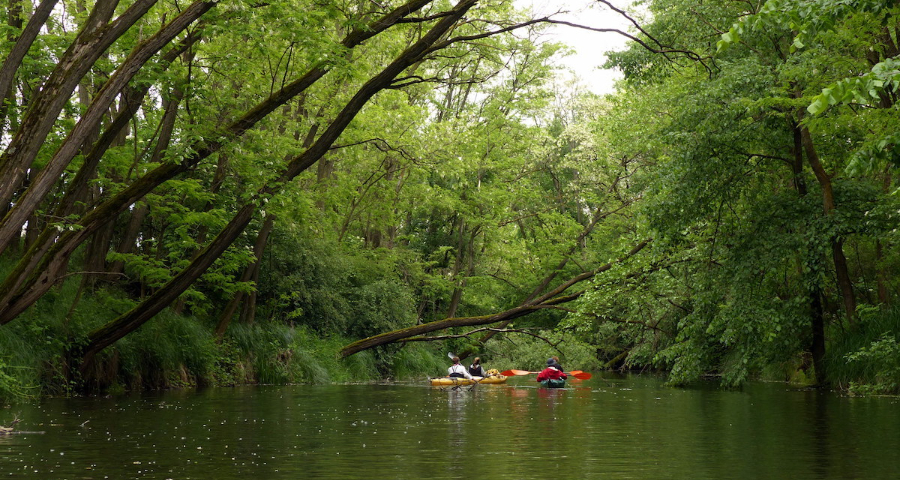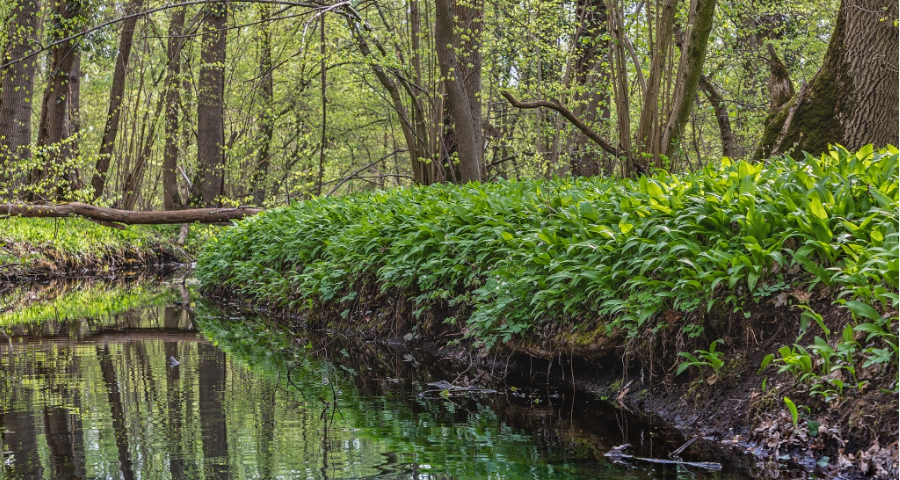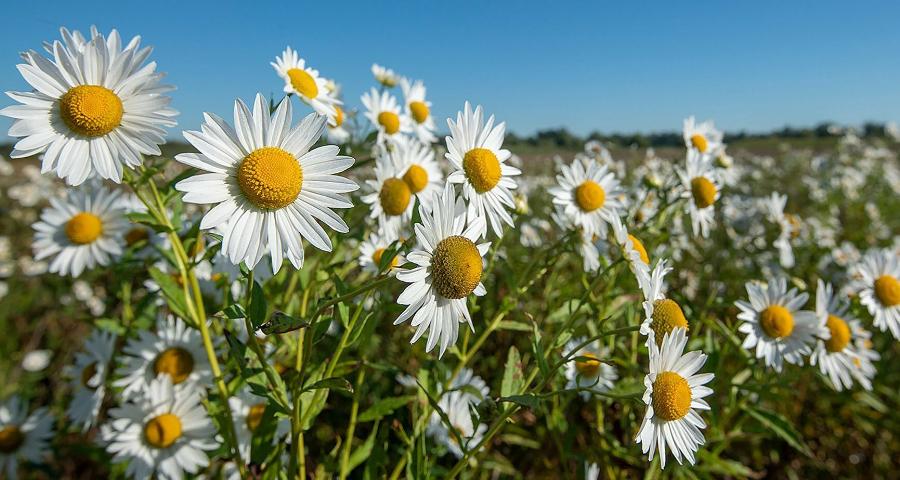

Nearly forty years ago, in 1982, the Szatmár-Bereg Landscape Protection Area was established, which preserves the last remaining piece of the ancient Great Plain.
The vast plain, stretching from Záhony to Szeged, has preserved its original character nowhere else as well as in the eastern part of Szabolcs-Szatmár-Bereg County, around Fehérgyarmat. In the area enclosed by the Tisza, the Szamos, and the Hungarian-Ukrainian-Romanian border, covering about 22,000 hectares, forests, groves, swamps, marshes, and meadows still alternate today as they once did, and rare plants and special animals can still be found there.
Protected fish species, dragonflies, and otters
The Szatmár-Bereg Landscape Protection Area, stretching across the borders of 37 settlements, is one of Hungary's richest areas in terms of river ecosystems. It is intersected by the Tisza, Szamos, Kraszna, and the two branches of the Túr River, the Öreg-Túr and the Ásott-Túr. In addition to the rivers, smaller natural and artificial watercourses also crisscross the area, such as the Batár, Gőgő, Szenke, Tapolnok, Palád, Csaronda, and Szipa, which today are mostly inland water collection channels. The area’s water system remains alive, shaping and being shaped to this day.

The rivers of the landscape protection area still provide an extremely diverse habitat for water-dependent ecosystems. A large number of protected fish species can be found, including the highly protected Danube salmon and the silver bream, both belonging to the trout family. At the end of June, the emergence of the Tisza mayfly offers an unforgettable sight. This mayfly species now only reproduces in large numbers in the Tisza and its tributaries. Additionally, all four species of river dragonflies live here, which is rare in the country. Smaller watercourses are home to the marsh and metallic green dragonflies, with the latter's sibling species – the yellow-spotted dragonfly – inhabiting the waters of marshy areas.

The so-called high banks of the Tisza are nesting sites for sand martins, bee-eaters, and kingfishers. The otter, which is becoming increasingly rare elsewhere, can still be found in the floodplains of the Tisza and the Szamos, as well as near the region’s artificial lakes, including the fish ponds.
Spring snowflake, spring snowdrop, Carpathian crocus
The nearly level Szatmár-Bereg Landscape Protection Area was once covered by forests interspersed with swamp and marsh patches. According to the data from the Hortobágy National Park Directorate, forest cover is still significant today: along the floodplains of the Tisza and the Szamos, willow and poplar riparian forests flourish. Their underbrush is dense and difficult to navigate, and in some places, vine-like shrubs cling to the trees. In the forests, the two-leaved spring snowflake blooms with its greenish-yellow flowers in May, but the area is also home to Tisza marsh daisy, and even at the muddy shores, the rare mudwort can be found.

Further from the river waters, on the ancient, high floodplains, oak-ash-elm hardwood forests rise above the plain. Their underbrush is extremely dense and varied. The most beautiful hardwood forests can be seen in the Bockereki Forest, located on the borders of Vámosatya and Gelénes, as well as in the Téb Forest near Tarpa. Under the trees, the spring snowdrop and the beautifully unique checkered lily, which blooms in April, decorate the landscape in large patches. Although the checkered lily is typically found in marsh meadows, floodplain meadows, and shrubby undergrowth, it also thrives in the sunnier glades and forest edges of riparian forests. Hornbeam and oak forests are also characteristic of the landscape protection area. The oldest hornbeam-oak forest can be found in the Tarpa Nagy-erdő (Great Forest), where in a secluded ten-hectare area, an approximately 200-year-old "primeval forest" has been preserved.

The forests provide breeding grounds for numerous cavity-nesting bird species and the rare pond bat. Black storks and honey buzzards nest there. The extensive wooded areas are home to a nationally renowned red deer population, and a rare predator, the wildcat, can also be found. In contrast, snails have a high species and individual presence, including the rare Banat and Carpathian blue slugs. The hornbeam-oak forests are home to the Transylvanian wood louse, and the cross viper is relatively common, although the venomous snake population has been decimated several times over the centuries due to Tisza floods.